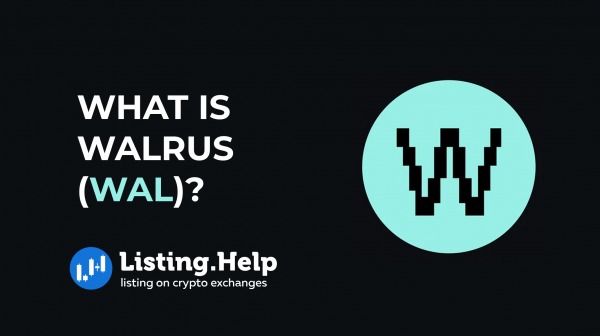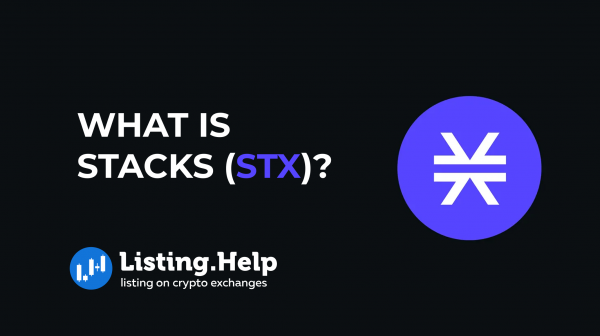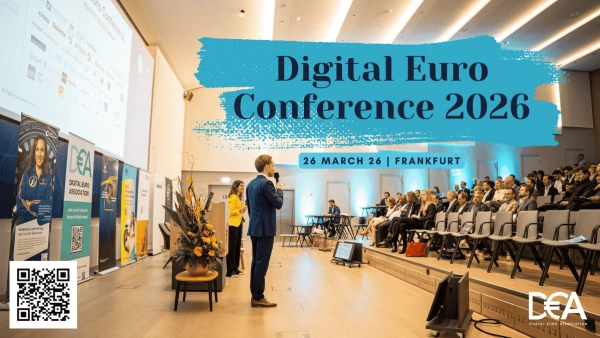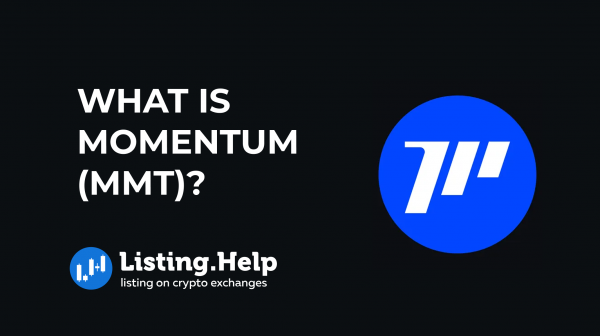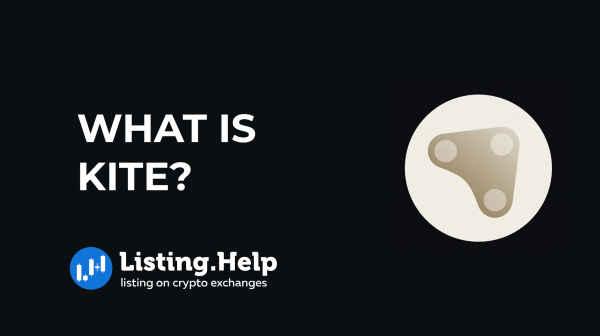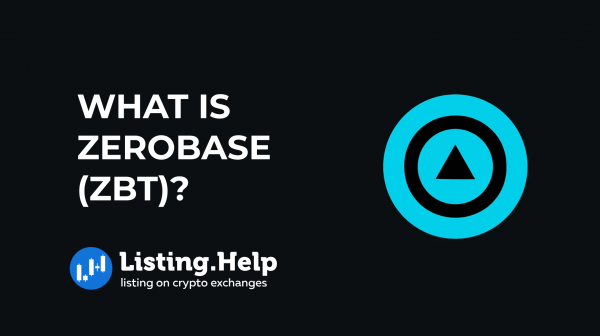What is Scroll (SCR)?
 October 10, 2024
October 10, 2024 Updated: October 10 2024, 07:16
Updated: October 10 2024, 07:16
LEAVE A REQUEST
Launching your own token project? Our experts are ready to help with listing on exchanges, market making, marketing and other solutions
SUBMIT APPLICATIONBinance has introduced Scroll (SCR) as the latest project on its widely-used Launchpool platform, marking it as the 60th addition to the lineup.
Scroll stands out as a Layer-2 solution developed to boost Ethereum’s scalability and performance using zkEVM technology.
What Is Scroll?
Scroll is a Layer-2 scaling tool built for Ethereum. Essentially, it operates alongside Ethereum’s main network, helping it function more efficiently. A core feature of Scroll is the use of zero-knowledge rollups (zk-rollups), which play a pivotal role in speeding up transaction processing while maintaining security.
By handling transactions off the main Ethereum chain, Scroll helps reduce network congestion. Afterward, critical information is sent back to Ethereum’s primary network for verification. This allows users to continue accessing Ethereum’s decentralized applications and tools without facing high fees or long wait times for transaction confirmations.
Scroll Key Features
Scroll’s zkEVM brings several valuable features to the table:
– Scalability: It improves scalability by processing a larger volume of transactions off-chain. This alleviates network congestion, resulting in faster transaction speeds.
– Bytecode Compatibility: Scroll is fully compatible with Ethereum, allowing developers to migrate their projects without hassle, as no significant changes in code are required.
– Cost-Efficiency: By grouping transactions into batches, network fees are significantly reduced, making it more affordable for users to interact with decentralized applications (DApps) and other services.
– Security: The use of zk-rollups ensures that while transactions are processed off-chain for efficiency, they remain verifiable on-chain. This means that despite being optimized for speed, the security of each transaction is not compromised.
How Does Scroll Work?
Rollups
Rollups are an efficient method for processing multiple transactions outside Ethereum’s main network, then summarizing and submitting them to Layer 1 for approval. It’s similar to sending a group message instead of texting each person individually, saving both time and resources.
There are two types of rollups: optimistic rollups and zero-knowledge rollups (zk-rollups). Scroll uses zk-rollups, which offer enhanced security. These rollups rely on zero-knowledge proofs (ZKP) to confirm that off-chain transactions are handled correctly. This eliminates the need for Ethereum to verify each transaction, speeding up the process and lowering costs.
Three-Layer Structure
– Settlement Layer: This is Ethereum itself. It is responsible for ensuring data availability and validating the zk-rollup proofs. Essentially, Ethereum acts as the final authority, verifying that everything is accurate.
– Sequencing Layer: This layer handles and organizes transactions within Scroll. It batches the transactions and submits them to Ethereum for validation and storage.
– Proving Layer: This is where zk-rollups come into play. A group of computers, called provers, works together to generate zero-knowledge proofs, ensuring the transactions are correctly processed. This layer guarantees security and readiness for Ethereum’s final approval.
Zero-Knowledge Ethereum Virtual Machine (zkEVM)
A standout feature of Scroll is its zkEVM (Zero-Knowledge Ethereum Virtual Machine). While it might sound complex, it simply means Scroll can process Ethereum-like transactions using zk-rollups without altering Ethereum’s core functionality. Developers don’t need to rewrite code or develop new tools to integrate with Scroll, which is a significant advantage.
The zkEVM ensures full compatibility with Ethereum, making it easier for developers to transition their decentralized applications (DApps) to this more efficient and faster platform.
The SCR Token
SCR tokens play a critical role within the Scroll ecosystem. Here are the primary ways they are utilized:
– Governance: SCR token holders can participate in the decision-making process for Scroll’s future. They have voting power on important matters like protocol changes and the overall operation of the network.
– Network Operations: Scroll relies on two key groups—provers and sequencers. These participants ensure smooth operations by verifying and organizing transactions into blocks. SCR tokens serve as rewards for their contributions, promoting decentralization and security within the system.
– Staking: Both users and validators can stake SCR tokens to help secure the network. In return, they earn rewards. This staking mechanism is essential for maintaining the safety and functionality of the Scroll platform.
Binance Scroll Launchpool and Pre-Market Trading
Binance Launchpool provides an opportunity to earn new tokens by staking select cryptocurrencies. Scroll (SCR) is the 60th project featured on this platform. By staking BNB and FDUSD, users can farm SCR tokens. The staking process allows participants to earn SCR passively, with tokens being distributed at the end of the designated farming period.
– Total Token Supply: 1 billion SCR.
– Launchpool Rewards: 55 million SCR, or 5.5% of the total supply, will be distributed to participants as the initial circulating supply on Binance.
– Hourly Cap: During the farming period, up to 97,395 SCR can be earned from the BNB pool, and up to 17,187 SCR from the FDUSD pool.
Once the farming period ends, Binance will introduce the SCR/USDT trading pair in its Pre-Market on October 11, 2024, at 10:00 UTC.

For more insights and updates on the crypto world, don’t forget to check out our blog at Listing.Help






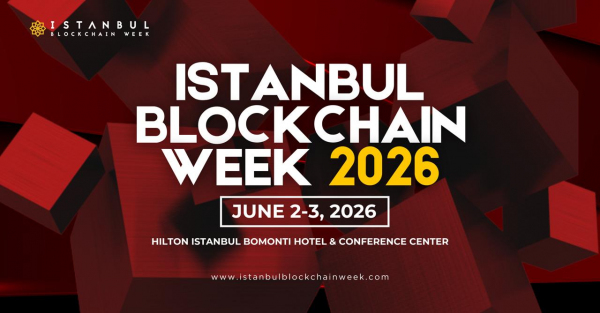
 December 22, 2025
December 22, 2025 